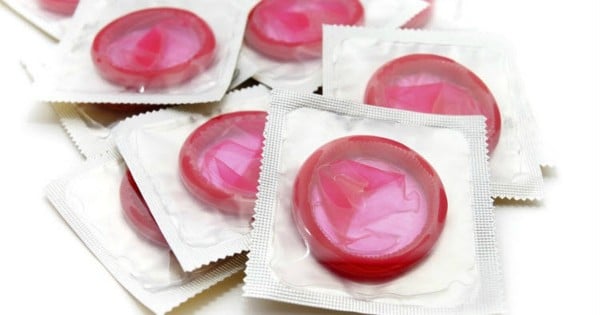
I may have mentally reached the twilight of my child bearing years, but physically it is broad daylight in terms of my fertility. I have at least 10 years of fecundity ahead of me.
This is a good thing, yes? Usually it would be.
But, personally speaking, I have two children already. And while they have brought untold joy to my life, the truth is, we’re done.
There were a few days at the end of last year in which I worried that I might be pregnant again. My period was 9 days late and my boobs hurt like heck.
For those few days I found myself in the unenviable position of choosing to keep the baby or to terminate. I knew I was leaning towards terminating. I didn’t even know if I was pregnant, but I knew there was no way I could keep the baby. Not that I would need to justify that decision, but frankly I have to be at work, at least part-time, for my own wellbeing, and I can not afford to have three kids in childcare.
In the end I wasn’t pregnant. That’s a good thing because despite the fact that I am pro-choice in absolutely 100 per cent of circumstances, it’s not a choice I think I would be able to make for myself easily or without grieving. After all, I know what kind of life my husband and I create together.
If you think the pill is for you, Planned Parenthood have made this video to help women compare the different pills available.

Top Comments
I had the mirena inserted and I've never had a child. For me, it was not a mere 5/10 o the pain scale. For me, it was a 9/10. But mine was a particularly difficult insertion as apparently my cervix is "stubborn". It took half an hour and I was sweating, crying and almost fainted. Worst pain I've ever experienced and totally put me off childbirth.
I had terrible cramps and huge blood loss for a month afterwards. Then it subsided, and while I still have my period after 10 months it's very light (mostly spotting) and lasts up to two weeks with some minor stomach cramps.
The string got lost as it retreated into my uterus and I had to have an abdominal ultrasound to prove the device was still in my uterus and hadn't perforated. I'll need to have a general anaesthetic to remove it in four years (which I am secretly happy about because the thought of removing it conscious was petrifying).
I've had no weight gain, mood changes etc. While the worry-free sex without taking a pill every day is amazing, I have to say, I don't think it's really been worth it for me.
I've also heard other women who've loved theirs and had no complications so don't just listen to me! But be aware it's not smooth-sailing for everyone.
I had Mirena after my second child (approx 9 weeks after) and I haven't had any problems. I previously suffered quite badly from period related cramps but no more and no periods either! The procedure was very straight forward and would recommend finding out more details from someone experienced in this form of contraception (I went to my local sexual health and family planning).